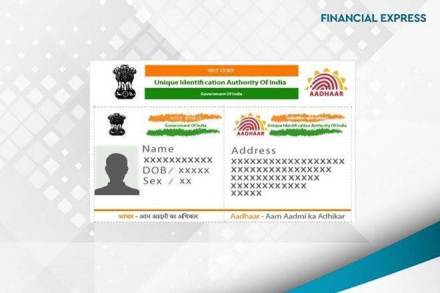Last year, a BIS report had stated that the quantum of financial inclusion India had achieved by leveraging technology within a decade would have taken, in a business-as-usual scenario, 47 years. Further, a World Bank report highlighted that India could save Rs 77,000 crore annually by fully leveraging its Aadhaar linkages. While these reports are evidence of India’s success in financial inclusion and how well it has leveraged its Jan-Dhan, Aadhaar, and Mobile (JAM) trinity, the real test of the government’s initiative has come amidst the Covid-19 crisis. Over the years, the government has moved more benefits to Direct Benefit Transfer—PM KISAN, MGNREGA, and Ujjwala are a few examples. This receives a fillip from the fact that DBT-based aid, including the Rs 1,500 transfer to all Jan-Dhan women account holders, accounts for 51% of the Rs 1.7-lakh-crore corona welfare package the Centre announced last week.
Aadhaar naysayers would point out that many people still do not have bank accounts and 10% of the population does not have Aadhaar, and would not, thus, be able to avail of these benefits. But, given the quantum of leakages in PDS—in 2011, this was estimated to be 46.7%—Aadhaar will remain a much-preferred solution. Moreover, given that the government has overlapping datasets—Ujjwala, Aayush, SECC, etc—it may be able to reach even those people that do not have such identifiers. What the government needs to look at is an aggregation of data, so that it can create a stack of users that it can classify based on need for support. Perhaps, this would sway critics on the need for linking Aadhaar with more services and, in the process, help the government do more.
